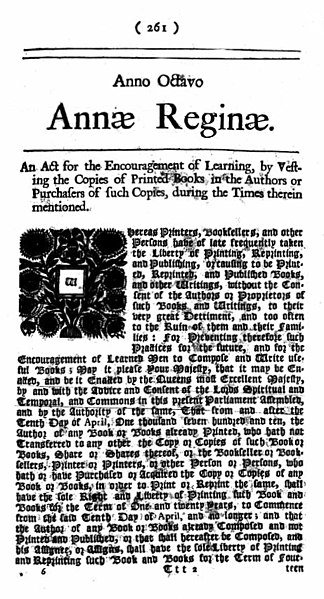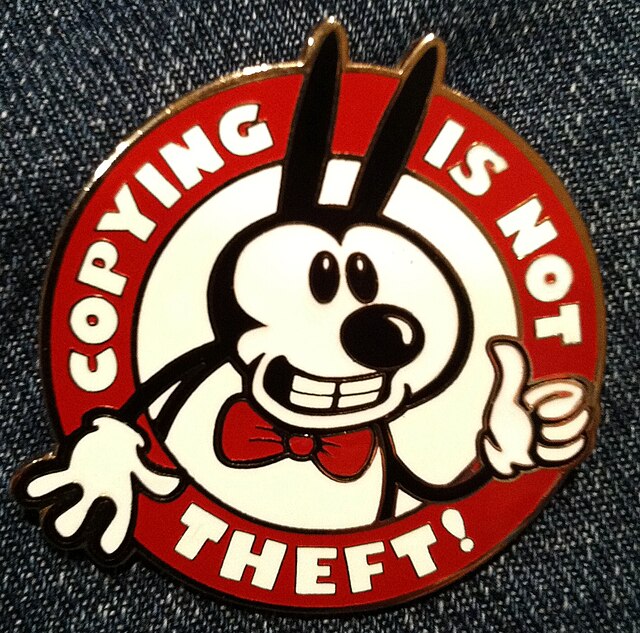Indigenous intellectual property
Indigenous intellectual property is a term used in national and international forums to describe intellectual property that is "collectively owned" by various Indigenous peoples, and by extension, their legal rights to protect specific such property. This property includes cultural knowledge of their groups and many aspects of their cultural heritage and knowledge, including that held in oral history. In Australia, the term Indigenous cultural and intellectual property, abbreviated as ICIP, is commonly used.
A meeting of members of the Kari-Oca Indigenous group
Julayinbul Aboriginal Intellectual Property Conference Logo (1993)
United Nations General Assembly 2003
Te Rauparaha, composer of Ka Mate
Intellectual property (IP) is a category of property that includes intangible creations of the human intellect. There are many types of intellectual property, and some countries recognize more than others. The best-known types are patents, copyrights, trademarks, and trade secrets. The modern concept of intellectual property developed in England in the 17th and 18th centuries. The term "intellectual property" began to be used in the 19th century, though it was not until the late 20th century that intellectual property became commonplace in most of the world's legal systems.
Intellectual property laws such as trademark laws forbid the sale of infringing goods like these "McDnoald's" [sic] and "NKIE" [sic] sandals from China.
The Statute of Anne came into force in 1710.
Demonstration in Sweden in support of file sharing, 2006
"Copying is not theft!" badge with a character resembling Mickey Mouse in reference to the "in popular culture" rationale behind the Sonny Bono Copyright Term Extension Act of 1998





![Intellectual property laws such as trademark laws forbid the sale of infringing goods like these "McDnoald's" [sic] and "NKIE" [sic] sandals from Chin](https://upload.wikimedia.org/wikipedia/commons/thumb/0/07/Nike%2C_McDonald%E2%80%99s_copyright_infringing_sandals_in_China.jpg/483px-Nike%2C_McDonald%E2%80%99s_copyright_infringing_sandals_in_China.jpg)


